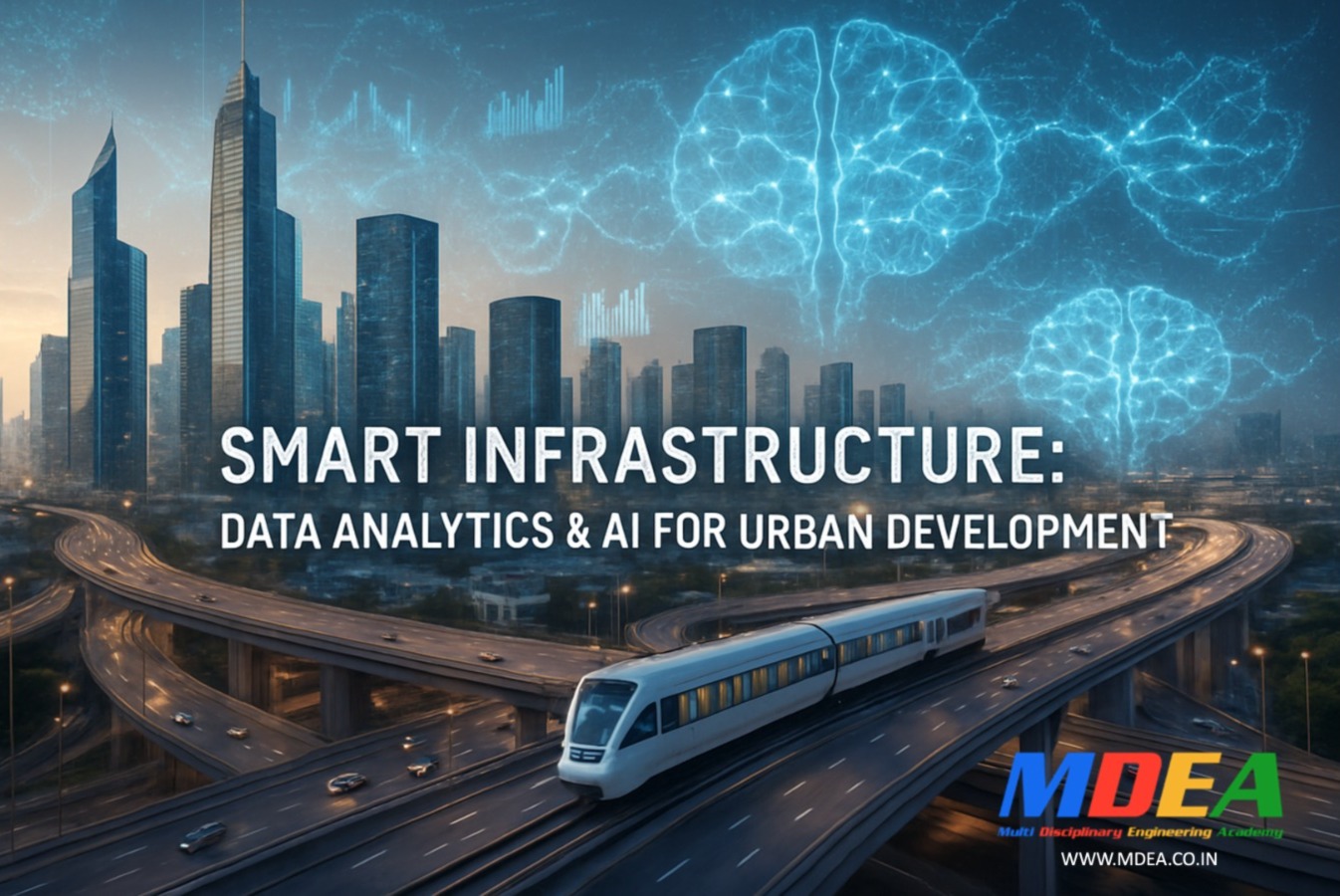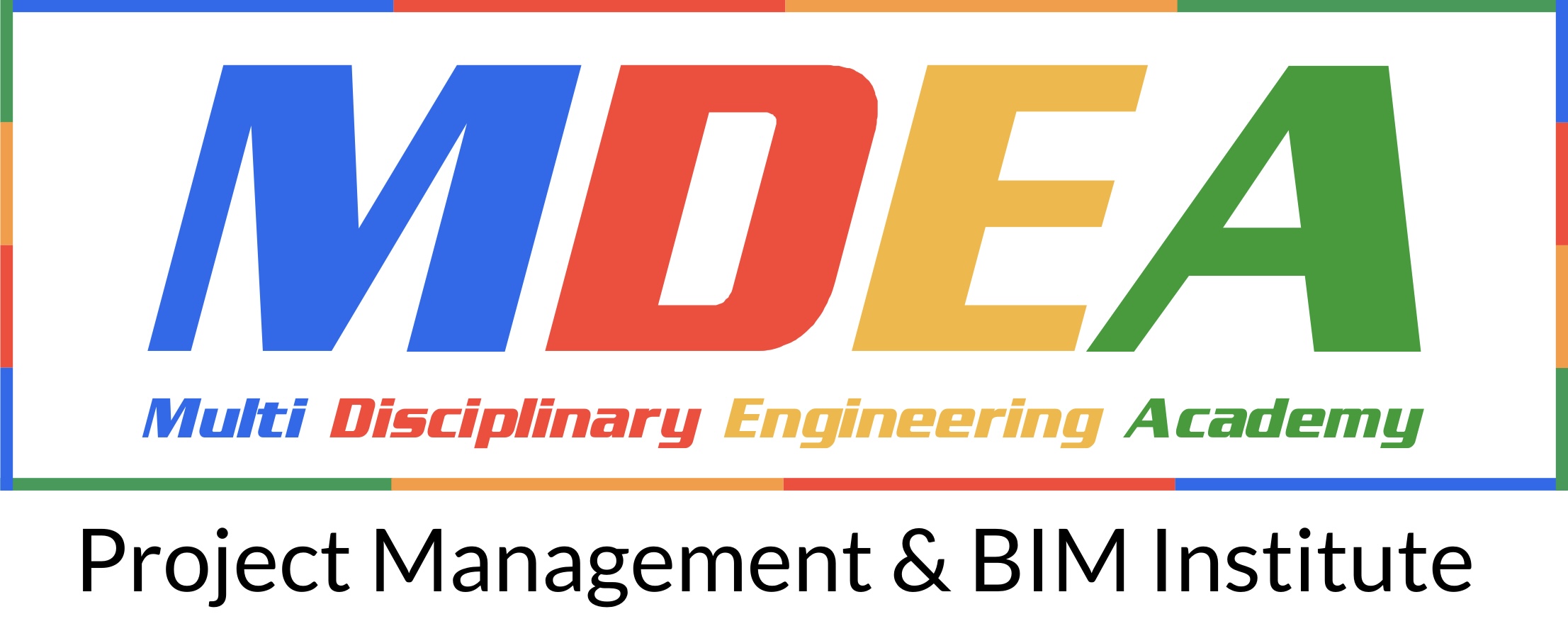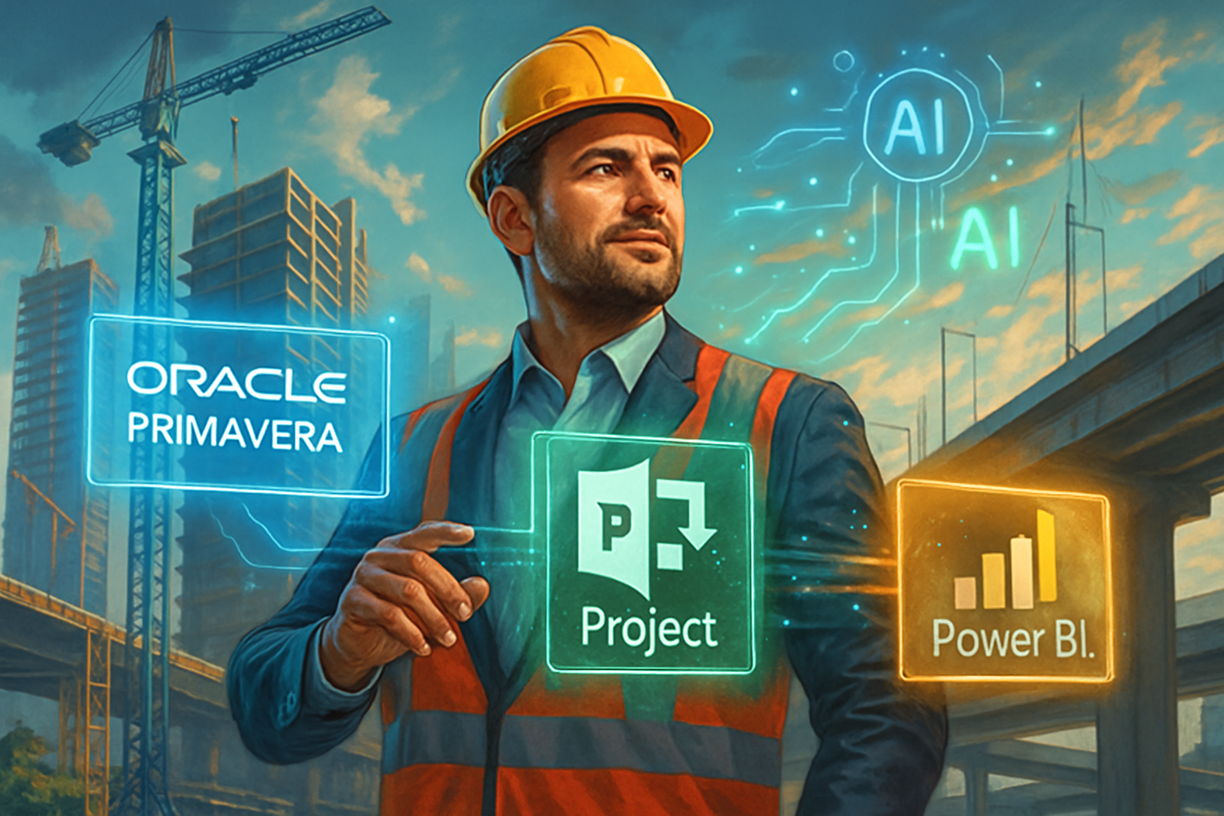
Smart infrastructure refers to roads, bridges, buildings, railways, power grids, and utilities that are embedded with sensors, connected systems, and digital platforms to improve performance, safety, and service delivery.
- Smart highways with real-time traffic monitoring.
- Bridges with structural health sensors.
- Smart grids for power distribution.
- Digital twins of infrastructure for simulation and predictive maintenance.
Passionate - Dedicated - Professional



